New to fishing? Maybe you want to enjoy some time on the water with your old man. Here are some key tips on what to do before you go out on the water. Get ready to catch the big one!
Better Safe Than Sorry
Sometimes we like to think we are invincible, and that spending a day out on the boat in the warm summer sun doesn’t seem like a safety risk, but it’s always better to be over prepared. The sun can be brutal after a couple of hours unprotected, so remember to bring sunscreen, sunglasses, a bottle of water, and a long-sleeve rash guard.
Don’t forget a first aid kit, as well as some motion sickness medication in case the waves get choppy. Lastly, you’ll want to be prepared for inclement weather by bringing rain gear like custom covers to protect your tackle and a custom tarpaulin for extra coverage.
Preparation is Key
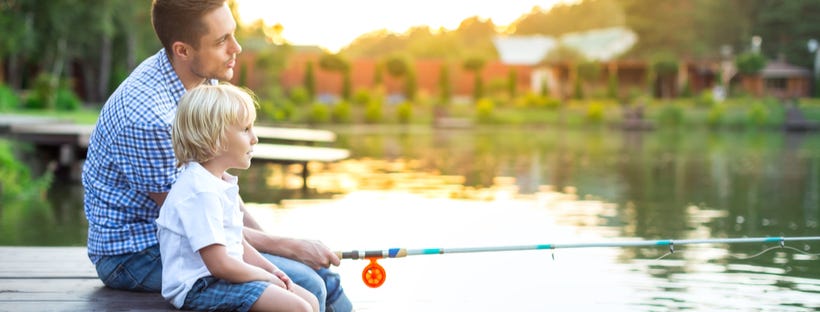
If you are new to fishing or new to the area, it would be helpful to do some research beforehand to help focus your methods. There are different quirks to every species and different tricks to catch them, so do yourself a favor and come prepared, or else you may end up empty-handed after hours on the water.
Sunrise, Sunset
Fish do their share of avoiding the blistering sun and tend to be more active during the early and late hours of the day because of the cooler temperature. Fishing during this time of day will also be easier on you, as you can enjoy the cloud coverage along with the abundance of fish. If you prefer getting out on the water mid-day, look for shady spots instead.
It’s All in the Rig
You can have all the skill in the world, but if you do not rig properly, all of it could go to waste. Rigging is how you tie together bait and anything else attached to the fishing line. With a strong fishing knot, you won’t have to worry about breakage and can even dictate how your fly or lure mimics natural bait.
On the Hook
When deciding on the right chair covers for your patio furniture, would you pick any old piece with low-quality material that does half the job of a proper one? If you don’t want damage to your furniture, then probably not. The same goes for hooks.
Seasoned anglers know they need a sharp hook to guarantee a catch. Many novices; however, may get lazy and feel they don’t need to sharpen their hooks or purchase fresh ones. Sure, you can still catch a fish on a dull hook, but why spend hours under the sun without ensuring the best possible results?
The Right Line
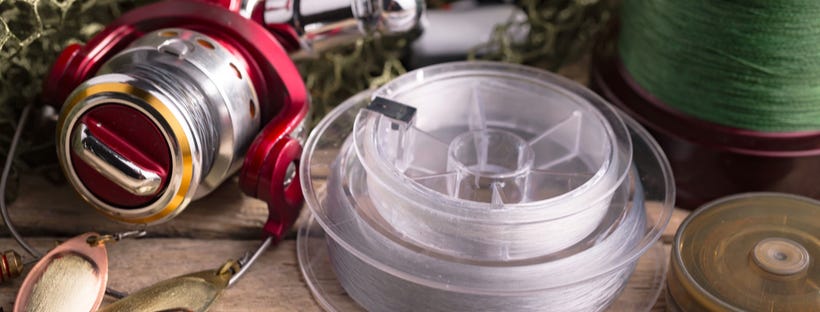
With a wide variety of fishing lines on the market, it can get overwhelming to choose the right one for your fishing purposes. It helps to do a little research beforehand to know which brands and styles work for each scenario. Braid lines, for example, are best for fishing lures because of their high sensitivity, while monofilament lines work when fish nibble on baits because of their low sensitivity.
Blend In
A rule of thumb when choosing which lures to use on a given day is to pick one that matches the color of the water. In clear water, you’ll want a lure that is white or pearl, whereas, in green water, you’ll need a lime-colored one. A color that is too bold can potentially spook the fish, so keeping them camouflaged will give you the best results.
Match the Hatch
The key to getting the most bites is using quality bait that properly mimics your desired fish’s preferred prey. An old lure will probably go untouched if it looks and acts nothing like the bait they feed on. Focus specifically on the profile and length of the lures to make sure it matches the shape correctly.
The Motion of the Ocean
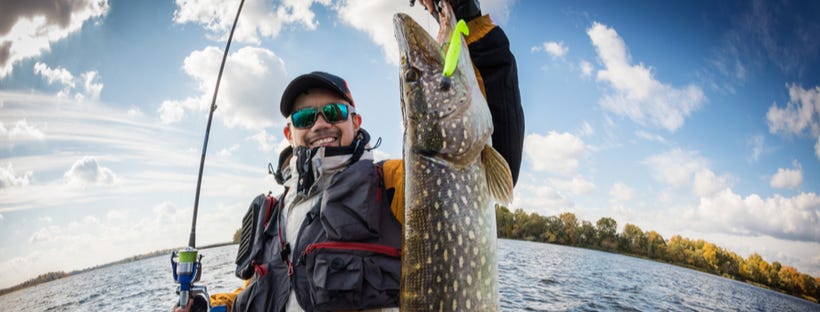
Just like matching the size and shape of a fish’s preferred snack, your lure needs to match the movements of natural bait as well. It takes little experience to understand the different rhythmic patterns of each type of bait, but you can do your best to mimic the movements with your rod tip and reel speed. Once you get the hang of it, you’ll notice a much higher volume of tugs, as the fish below pick at their dinner.
Switch Gears
Everyone has their go-to methods of fishing, and often, there is consistent success with these preferred tactics, but sometimes if you are having a slow day out in the water, it would be beneficial to switch it up. If you are used to topwater fishing, but are not getting any bites, cast your bait deeper and find out where the fish are.
Depending on the situation, do what you can to cover the entire area. Cover the water with a fan cast or make casts to your left, right, or front at different depths. If you still can’t find any success, then change your location.
Salty or Fresh
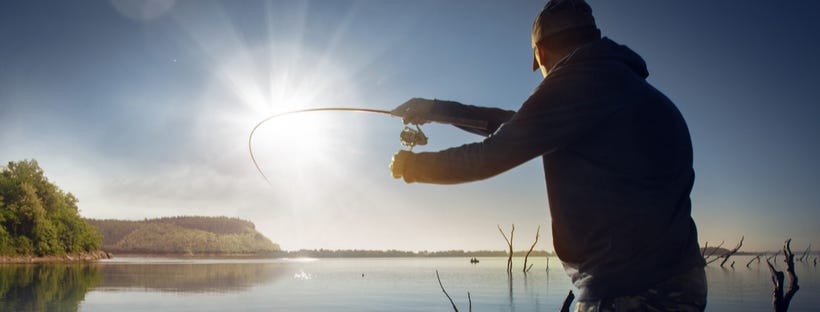
For the most success on your fishing trips, you need to understand the difference between saltwater and freshwater environments. As a beginner, the best way to learn boat fishing is by practicing in freshwater. Lakes and rivers are typically more accessible and easier to handle than saltwater coastlines.
There are different equipment needed for each type of water, with different sizes to expect. Freshwater fishing is more laid back and meditative, as you wait for smaller fish to lazily nibble on your bait, whereas fishing in the ocean can be quite an adrenaline rush, as you wrestle with a wide variety of large fish.
Breathe
The most important thing to remember when you get frustrated by the lack of bites is to be patient and enjoy the process. Fishing is more than just casting lures in the water. It is a sport that exercises both your body and mind. It can help tame stress and anxiety, improve your focus, and build your self esteem, all while giving you an excuse to get some fresh air under the bright sun.






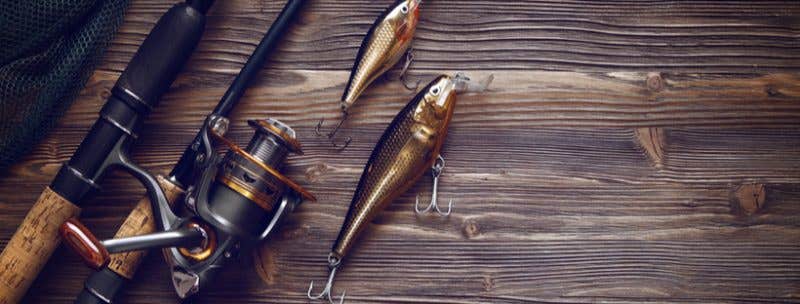

Recent Comments